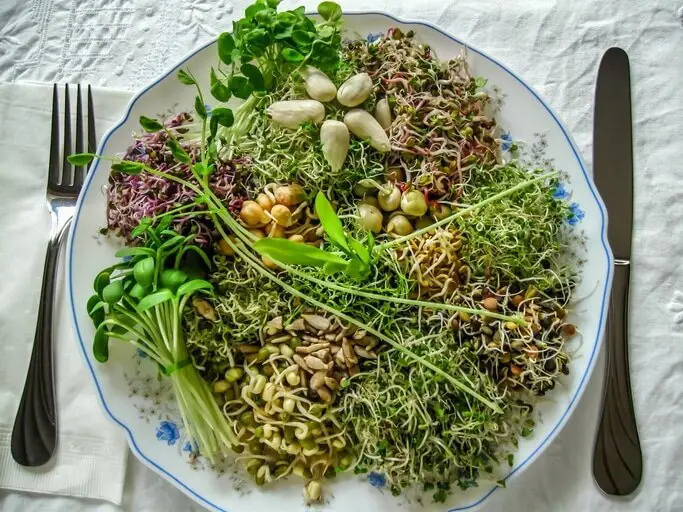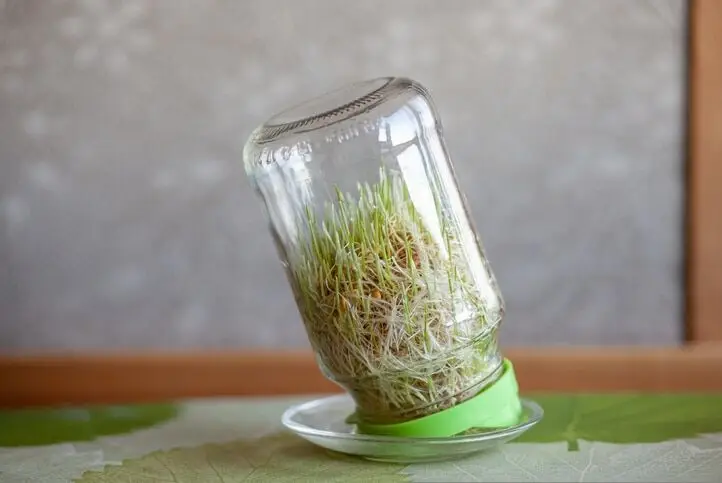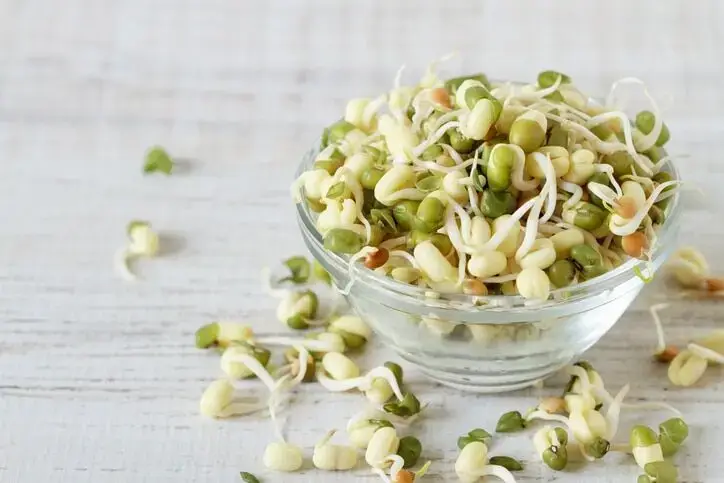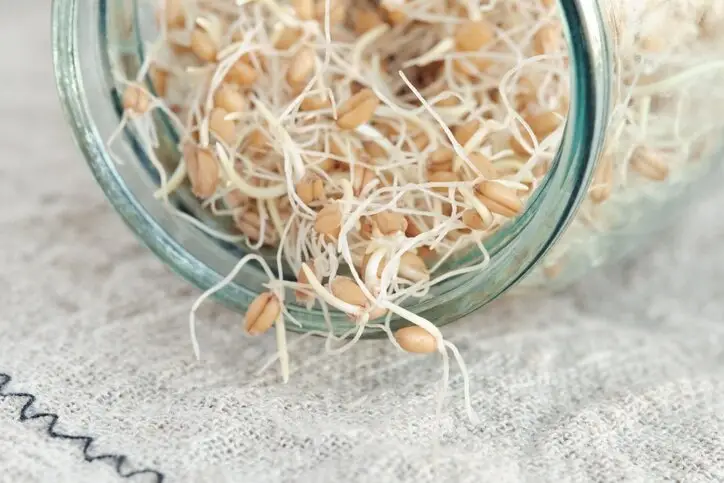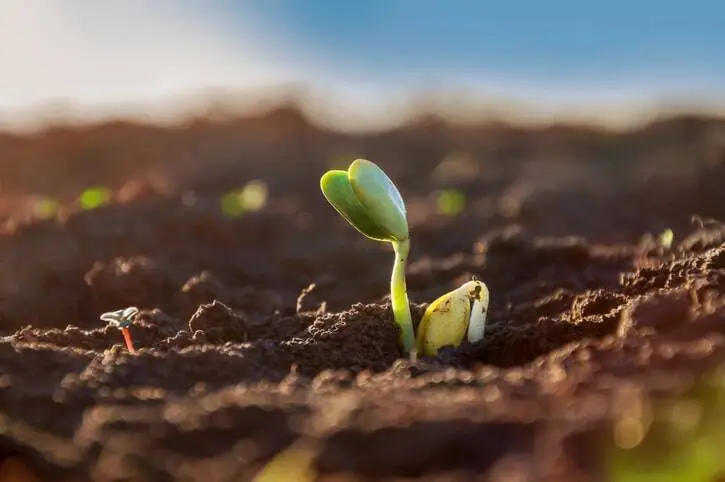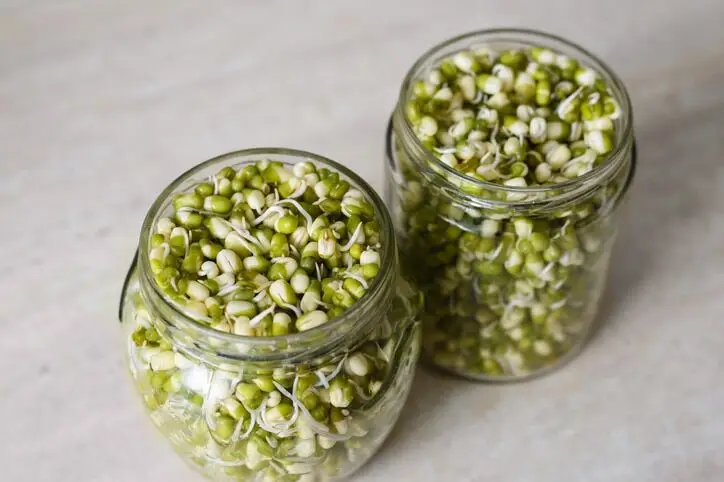Sprouts and Microgreens Compared
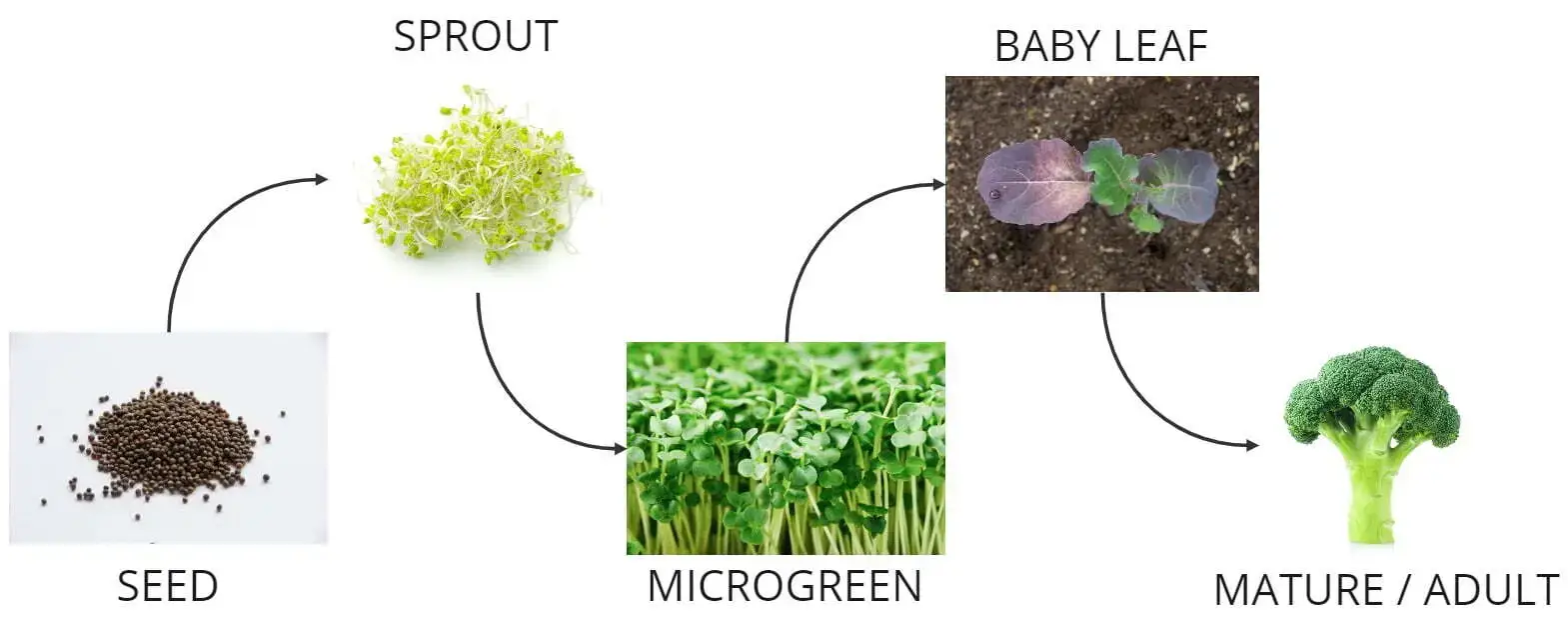
Why are often Microgreens confused for Sprouts
Microgreens and sprouts are two different types of young plants that are commonly used in salads, sandwiches, and other dishes for their nutritional value and flavor. While both are considered to be superfoods, they differ in terms of how they are grown and harvested.
Microgreens
Microgreens are tiny vegetable or herb plants that are harvested when they are just a few inches tall, typically after the first set of true leaves have developed. They are grown in soil or other growing mediums and are harvested with scissors, leaving the roots intact. Microgreens are known for their intense flavors, vivid colors, and high concentrations of vitamins, minerals, and antioxidants.
Sprouts
Sprouts, on the other hand, are germinated seeds that are eaten before they develop any leaves. They are grown in water or moist environments, such as sprouting jars or trays, and are typically ready to eat within a few days to a week. Sprouts are often used in sandwiches, salads, and smoothies, and are known for their crisp texture and mild flavor.
The confusion between microgreens and sprouts often stems from the fact that they are both young plants that are harvested at an early stage of growth. Additionally, some varieties of microgreens, such as alfalfa, radish, and broccoli, can also be grown as sprouts. However, the main difference between the two is that microgreens are grown in soil, while sprouts are grown in water or a moist environment. Additionally, microgreens are harvested after the first true leaves have developed, while sprouts are eaten before any leaves have emerged.
Overall, microgreens and sprouts are both nutrient-dense and flavorful additions to any diet, and understanding the differences between them can help you make informed choices when selecting and preparing them.
How Sprouts Are Marketed
It’s possible that microgreens are sometimes marketed as sprouts because sprouts have gained more widespread popularity and recognition in recent years. Additionally, the terms “microgreens” and “sprouts” are sometimes used interchangeably, which can lead to confusion.
However, it’s important to note that there are some significant differences between microgreens and sprouts in terms of their growth and nutrition, as described earlier. For example, microgreens are typically grown in soil or other growing mediums and are harvested after the first true leaves have developed, while sprouts are grown in water and are harvested before any leaves have emerged.
While both microgreens and sprouts are nutrient-dense and can be a healthy addition to a balanced diet, it’s important to understand the differences between the two and to choose the one that best fits your nutritional needs and culinary preferences.
Are Microgreens Safter To Grow Than Sprouts?
Microgreens are generally considered to be safer to grow than sprouts because they are grown in soil or other growing mediums, which reduces the risk of bacterial contamination. On the other hand, sprouts are grown in water or a moist environment, which can create a favorable environment for the growth of harmful bacteria such as Salmonella, E. coli, and Listeria.
The risk of bacterial contamination in sprouts is particularly high because they are often consumed raw, which means that any harmful bacteria present in the sprouts will not be destroyed by cooking. In addition, the warm and humid conditions that are required for sprouting can also promote the growth of bacteria, making it more difficult to control contamination.
To reduce the risk of bacterial contamination when growing sprouts, it’s important to use clean equipment and water, and to follow strict hygiene practices. This includes washing your hands before handling sprouting equipment or sprouts, sterilizing sprouting jars or trays, and using seeds that have been treated to reduce the risk of contamination.
Overall, while both microgreens and sprouts are nutrient-dense and can be a healthy addition to your diet, it’s important to take steps to ensure their safety when growing and consuming them, particularly with sprouts due to their higher moisture content and risk of bacterial contamination.


